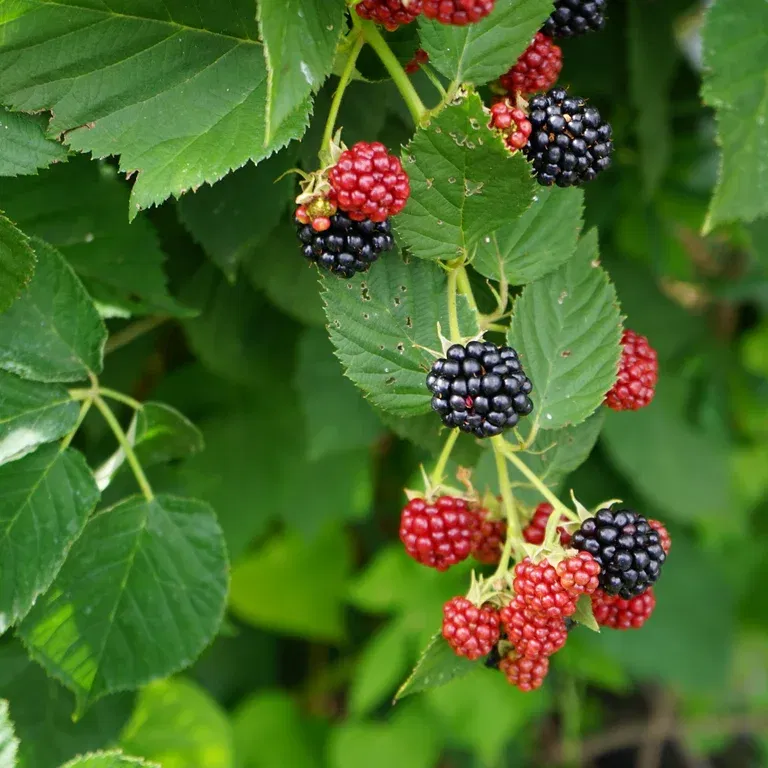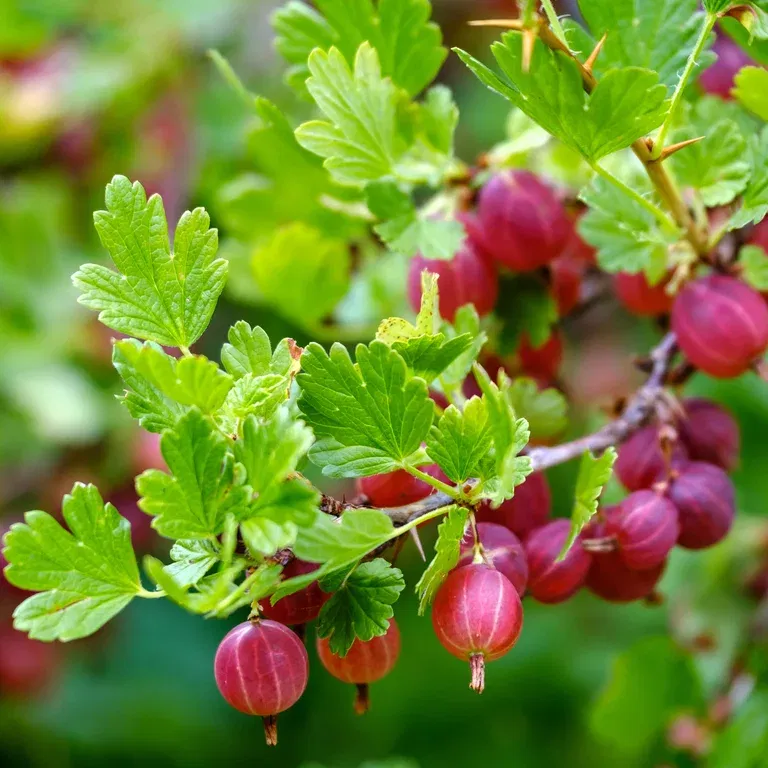Trees and shrubs in pots – how to succeed
It is absolutely possible to create a small oasis with both bushes and trees even if you don't have a garden. Opt for bushes and trees in pots on the balcony!

Planting trees in pots is a smart solution for those who want greenery and lushness even 15 meters above the ground in the city. But it's important to choose the right plant. The tree shouldn't grow too large, but it also shouldn't be too small – the crown of the tree should rise above the balcony railing so it can get nutrients from the sunlight. There are several varieties to choose from, including those that are green all year round and those that can provide flowers and fruit.
Consider this before planting shrubs and trees in pots
Choose a tree that suits the placement you have for it. Is it a sunny spot or more shaded? Is it windy, or will it be sheltered? These factors are crucial for the tree's well-being, and there are trees to choose from for most types of locations.
Choose the hardiest varieties
When planting trees and shrubs in pots, choose a variety that can withstand at least one hardiness zone higher than where you live. For example, if you live in zone H4, select a variety that can tolerate H5 or higher. Trees in pots are exposed to cold on all sides of the root ball, making them more vulnerable to frost than plants that are protected by the ground soil.
Here are our best tips for shrubs and trees that can thrive in pots:
Wintergreen shrubs and trees in pots
- Silver fir
- Boxwood
- Thuja, for example ‘Smaragd’, ‘Tiny Tim’, or growing thuja
Deciduous shrubs and trees in pots
- Heart tree
- Willow, for example, Swiss willow and woolly willow
- Maple, for example, fan maple, pointed maple, Japanese maple, Norway maple, and red maple
- Red willow 'Nana'
- Japanese larch 'Pendula'
- Dark-leaved ninebark
- Peppermint bush
- Sallow
- Bamboo
Flowering shrubs and trees in pots
- Rhododendron
- Hydrangea paniculata
- Willow hydrangea
- Dwarf lilac
- Spiraea (low varieties)
- Climbing and bush roses (low varieties)
- Japanese weeping cherry
- Cornus
- Nippon cherry
- Laburnum
- Sargent's crabapple
- White rowan
- Pearl bush
Berry bushes fruit trees in pots
- Blueberry
- Gooseberry
- Blackcurrant
- White currant
- Raspberry
- Aronia
- Sea buckthorn
- Columnar apple tree
Be aware that balcony trees require a bit more attention from you compared to shrubs and trees planted directly in the ground. When plants are in pots, they rely entirely on you to provide the right amount of water and nutrients. When planted in the ground, plants are more capable of accessing what they need on their own. You should also account for the fact that the winter may be too harsh; unfortunately, there is no guarantee that plants in pots will survive the winter season. However, if you follow the advice in this article, you will have a good chance of success.
Choose large, frost-proof pots
The most important thing to consider when it comes to balcony trees is the size of the pot. Large pots allow the root system to develop better and make it easier to maintain a consistent water level in the pot – the plant will simply survive longer without attention in a large pot. For larger shrubs and trees, the pot should contain around 50 liters of soil and be about 60 cm in diameter. The bigger, the better is our best advice, but of course depending on the plant – some can manage with smaller pots as well. The general rule is that tall trees should have a larger pot than short trees. As for the shape of the pot, most shapes will work, but the pot can be wider at the top than at the bottom.
Also, choose a pot made of a material that can withstand frost – for example, concrete, zinc, or rubber. Common clay pots often absorb water, which means they don’t handle frost as well. Be sure to provide good drainage in the pot to avoid overwatering. The pot must have drainage holes in the bottom! Additionally, placing the pot on small blocks, often called pot feet, ensures that excess water can freely drain out.
When the tree is young and small, it is recommended to support the trunk with, for example, bamboo sticks. Pruning the tree or shrub is also done the same way as if it were planted outdoors in the garden.
Check out our outdoor pots
Soil for potted trees
The soil is also important for a good result. We recommend potting soil, which is especially good at retaining moisture. Regular plant soil works fine too, but you’ll need to be a bit more careful to ensure the soil doesn't dry out too much.
The soil doesn't need to be completely replaced every season, but it might be a good idea to remove the top layer of soil and top it up with fresh soil in the spring.
Overwintering a tree in a pot
Feel free to move the tree under cover before the worst autumn rain sets in, so that the pot isn't full of water when the frost arrives. When the temperatures drop, you don’t have to worry too much about the trunk and branches, but the roots usually benefit from a little extra protection. The best thing you can do for the tree in winter is to bury the pot in the garden or a compost pile. But for many of us, this isn’t possible, so it's important to insulate well around the pot.
Let the tree go into dormancy before you start with the insulation. Then cover the pot with bubble wrap, cardboard, old blankets, styrofoam, straw, or anything else you have available that provides an insulating effect. Remember that it's primarily the roots that need protection. As long as it's above freezing, water the plants sparingly, but once it freezes, just let the plants sleep until spring arrives.
With large pots, you have the opportunity to find both exciting and fruit-bearing trees and shrubs that fill both width and height, creating a beautiful and natural framing for your balcony.
Read more:
Tips from the gardener:
Elin F. Nordli, plant scientist and copywriter at Plantasjen, with a master's degree in horticulture and a special fondness for daylilies (Hemerocallis).
You are here:





































